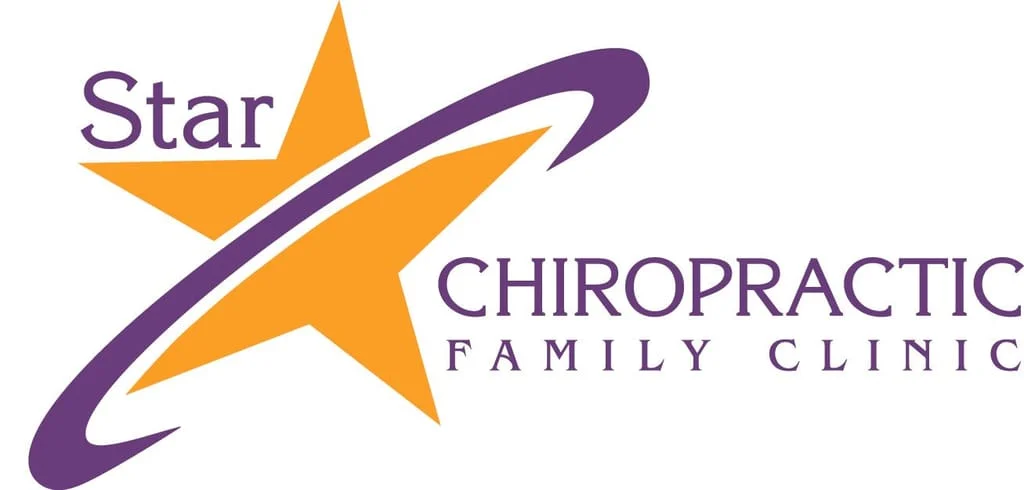With the discovery of
the Americas people from many other countries migrated and immigrated
into a new world bringing with them their culture and knowledge of
medicine fusing it with the native culture already present. For many
years the colonies in the Americas had the great diversity in treatments
though only a few practitioners were in anyone location, most were
welcome to practice where they pleased. With the revolutionary war and
the formation of the United States the freedoms of medical choice which
we had enjoyed seemed to be safe forever.
"To restrict the art
of healing to one class of men and deny equal privileges to others will
constitute the Bastille of medical science. All such laws are
un-American and despotic. They are fragments of monarchy and have no
place in a Republic." -Benjamin Rush Signer of Declaration of
Independence and Surgeon General Continental Army (3)
The prevailing attitude
of the time, it is awesome to see how politics changes the face of our
country and the attitude toward medical monopolies in just seventy-one
years. America declared it's independence in 1776 and by 1847 the AMA
had formed with the mission to become the medical authority (4). By the
1880's many of the alternatives to bio medicine had died out about the
same time that bio-medicine discovered that micro-organisms were
responsible for causing tuberculosis, rabies, plague, and anthrax (4,5).
The need for chiropractic was developing as the biomedical community
became organized medicine.
Professional
bonesetters were around two hundred years before chiropractic's
inception in 1895, by Daniel David Palmer, or osteopaths beginnings in
1874, by Andrew Still. These two movements were in the early years much
like the bonesetters manipulating the spine for relief of many symptoms
with the practitioners having little or no medical training (1,4).
Osteopathy would later take on the medical curriculum of bio-medicine
and become only slightly different; while, chiropractic developed it's
own schools and curriculum with a developing art form as anatomical
knowledge was merged with the appropriated or rediscover knowledge of
Hippocrates (1).
The early nineteen
hundreds were dynamic years in changing the face of the newly formed
chiropractic profession and changing the power that the medical
establishment now possessed. The Flexner Report, a report on the
substandard medical educational system within alternative and biomedical
schools, called for reform of medical education and set the stage for a
national accrediting agency (4). This was followed, in 1928, by
Alexander Fleming's discovery of penicillin which gave the biomedical
establishment the long sought after silver. Chiropractic continued to
develop as well during this period with B.J. Palmer taking over the
Palmer school of Chiropractic in 1906. During the 1920's and 30's
schools sprang up across the country while educational standards
improved and national organizations offered some protection against the
persecution the legal system was placing on the profession (4).
Chiropractic continued to survive through this period of history by will
of its practitioners and by public demand for an unmet need for
treatment.
Still we ask
ourselves if the public wanted spinal manipulation why did the
biomedical community fail to incorporate it into their scope of practice
as they had with so many other healing modalities and treatments. In
1904 a medical authority of the bio-medicine community published a paper
on what he called fibrositis. As he described, lumbago was inflammation
of the sacrospinalis muscle and fibrous tissue, fibrositis. This was
taught in medical school for the next forty-one years until it was
challenged and shown that disc protrusion was the cause of lumbago (1).
Medicine did not take spinal manipulation because it was scientifically
unsound at the time and by 1945 when the error was elucidated
chiropractic was organized far better than any previous holistic
movement.
Chiropractic was
reinvented from timeless principles for a nation and culture which had a
need for it's art but no history of it's own on which to draw. As a
profession chiropractic incorporated or rediscovered many principles
which were timeless components of our many predecessors holistic
modalities. Through it's growth chiropractic organized national
professional organizations to protect it's political interests. Later
chiropractic would also form a national education accrediting
organization allowing for the same federal funding to students that the
biomedical students have access to and it provides a level of validity.
Chiropractic continues the art of the adjustment, much refined from the
days of Hippocrates, with the support of a political network, national
educational accreditation, and ever growing acceptance.
Works Cited
1. Schiotz EH. Manipulation past and present. Great Britain: Chapel River press.;1975. pg 1- 59.
2. Mennell J. Science and art of joint manipulation. Philadelphia: Blakiston comp.;1949. pg 1-30.
3. Cook A. Alternative medicine sourcebook. Detroit, MI.:Omnigraphics Inc.;1999. pg 1-25.
4. Redwood D. Contemporary chiropractic. New York: Churchill Livingstone. 1997. pg 1- 13.
5. Murray P. Medical microbiology 3rd ed.St. Louis: Mosby. 1994. pg 1-3.
